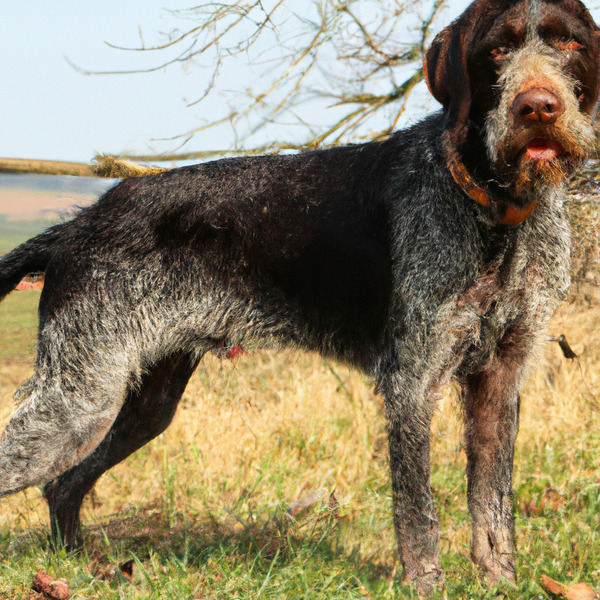Deutsch Drahthaar vs. Curly Coated Retriever: Breed Differences and Similarities
Hypoallergenic
Are Deutsch Drahthaars or Curly Coated Retrievers hypoallergenic, or neither?
Unfortunately, neither Deutsch Drahthaar nor Curly Coated Retriever are hypoallergenic, which may not make them the best choice for dog lovers who suffer from pet allergies.
Origin
What is the origin of Deutsch Drahthaar and Curly Coated Retriever dog breeds?
Germany
United Kingdom
Ancestry
What are the origins of Deutsch Drahthaar and Curly Coated Retriever breeds?
Pointer, Pudlepointer, Griffon, Stichelhaar
Spaniels, St. John’s Water Dog, Retrieving Setters, Poodles
Date of Birth
When were Deutsch Drahthaar and Curly Coated Retriever breeds first developed?
1902
1700s
Eye Color Possibilites
What are the eye colors of Deutsch Drahthaar and Curly Coated Retriever dogs?
Brown
Amber
Hazel
Brown
Nose Color Possibilites
What are the natural nose colors of Deutsch Drahthaar and Curly Coated Retriever?
Black
Brown
Black
Brown
Coat Color Possibilites
What are the natural colors of the coat for Deutsch Drahthaar and Curly Coated Retriever breeds?
Pied
Black
Brown
Black
Brown
Coat Length
What is the typical coat length for Deutsch Drahthaar and Curly Coated Retriever breeds?
The coat of Deutsch Drahthaar and Curly Coated Retriever dogs falls in the medium-length category.
Coat Density
What is the density of the coat of Deutsch Drahthaar and Curly Coated Retriever?
Coat Texture
What is the hair texture of Deutsch Drahthaar and Curly Coated Retriever?
Wiry
Curly
Litter Size
What is the usual litter size for Deutsch Drahthaar and Curly Coated Retriever?
A Deutsch Drahthaar can have a litter of 12-14 puppies on average. However, it's worth noting that the size of the litters can vary greatly. Factors that can influence litter size include the health of the mother, breeding history, and genetics.
A Curly Coated Retriever can have a litter of 9-14 puppies on average. However, it's worth noting that the size of the litters can vary greatly. Factors that can influence litter size include the health of the mother, breeding history, and genetics.
Major Concerns
What are the major health concerns for Deutsch Drahthaar and Curly Coated Retriever breeds?
Canine Hip Dysplasia (Chd)
Glycogen Storage Disease
Progressive Retinal Atrophy
Hip And Elbow Dysplasia
Bloat
Cancer
Minor Concerns
What minor health issues should be kept in mind when owning Deutsch Drahthaar and Curly Coated Retriever?
Shoulder Osteochondrosis
Eye Conditions
Entropion
Distichiasis
Ectropion
Persistent Pupillary Membrane
Alopecia
Occasional Tests
What occasional tests are recommended for Deutsch Drahthaar and Curly Coated Retriever breeds?
Eye Examination
Physical Examination
X-rays or other radiographic imaging
X-Rays
Eye Examination
Activity Level
Which breed has higher energy, Deutsch Drahthaars or Curly Coated Retrievers?
Deutsch Drahthaar and Curly Coated Retriever are high-energy dogs that require a lot of mental and physical exercise. Without proper stimulation and attention, these breeds can become problematic. If you're considering these breeds, be prepared to invest time and effort in their exercise and training.
Walks per Week
How many miles should Deutsch Drahthaar or Curly Coated Retriever walk each week?
There's really no limit to how far you walk your dog as long as they're comfortable. For Deutsch Drahthaar, it's at least 10 miles / week. Just remember to build distance and stamina gradually over time.
There's really no limit to how far you walk your dog as long as they're comfortable. For Curly Coated Retriever, it's at least 14 miles / week. Just remember to build distance and stamina gradually over time.
Activity per Day
Do Deutsch Drahthaars or Curly Coated Retrievers require more exercise?
In general most Deutsch Drahthaars usually need at least 60 minutes of exercise daily. This can be spread across the day and include all sorts of high-energy activities, like walking, running and playing.
In general most Curly Coated Retrievers usually need at least 90 minutes of exercise daily. This can be spread across the day and include all sorts of high-energy activities, like walking, running and playing.
Brushing Frequency
What is the recommended brushing frequency for Deutsch Drahthaar and Curly Coated Retriever dogs?
Ideally, Deutsch Drahthaar should be brushed at least 2 or 3 times a week (preferably daily) improve shedding.
In general Curly Coated Retriever should be brushed at least once a month. Of course you can give them more frequent brushes, especially if they enjoyed it
Brushing Tools
What brushing tools are used for Deutsch Drahthaars and Curly Coated Retrievers?
Pin Brush
Comb
Nail Clipper
Slicker Brush
Comb
Deshedder
Nail Clipper
Cups
How much food should be given to Deutsch Drahthaar or Curly Coated Retriever in cups?
For an average 60-70 pound (27 - 32 kg) Deutsch Drahthaar feed 2.5 cups daily. But, keep in mind, the amount you feed is going to be dependent on the quality of the food you are feeding.
For an average 80-100 pound (36 - 45 kg) Curly Coated Retriever feed 3.5 cups daily. But, keep in mind, the amount you feed is going to be dependent on the quality of the food you are feeding.
Daily Cost
Which breed has a higher daily cost, Deutsch Drahthaar or Curly Coated Retriever?
The average cost of a Deutsch Drahthaar is somewhere $1.70 - $2.00 per day.
The average cost of a Curly Coated Retriever is somewhere $3.90 - $4.20 per day.
Monthly Cost
Which breed has a higher monthly cost, Deutsch Drahthaar or Curly Coated Retriever?
The average per month expenses of a Deutsch Drahthaar is between $48 - $63. This makes an average of $576 - $756 per year. It will be on the higher side when the dog is still small because it will need more frequent visits to the vet, shots.
The average per month expenses of a Curly Coated Retriever is between $112 - $126. This makes an average of $1344 - $1512 per year. It will be on the higher side when the dog is still small because it will need more frequent visits to the vet, shots.
Compare Deutsch Drahthaar with other breeds
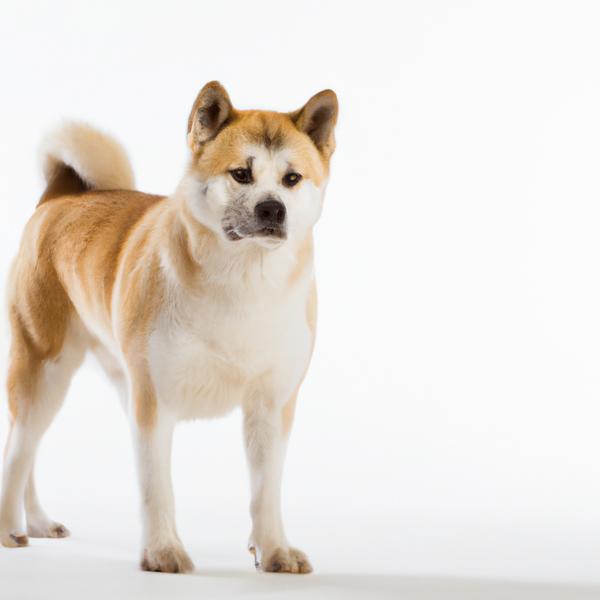
Sco-Shi
Deutsch Drahthaar vs Sco-Shi
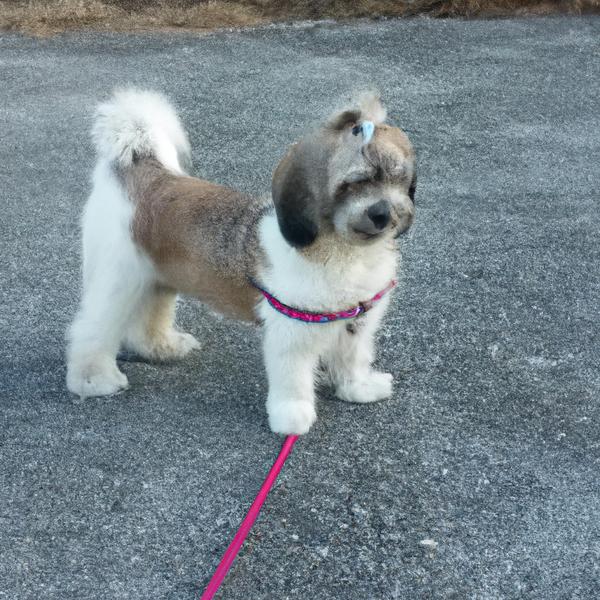
Papitese
Deutsch Drahthaar vs Papitese
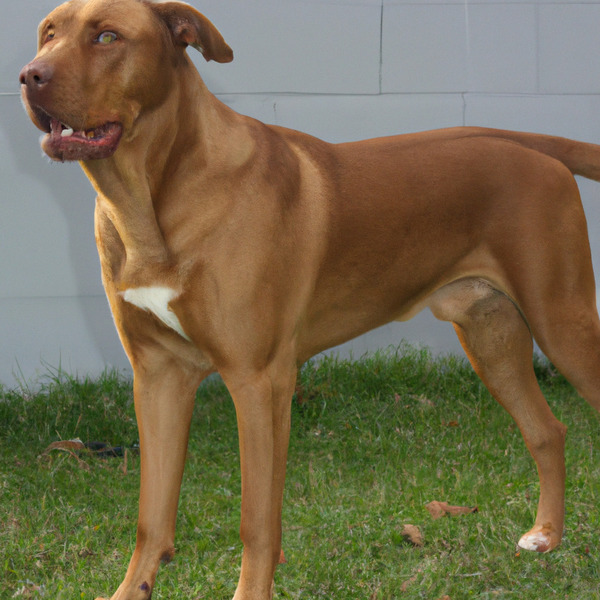
Uruguayan Cimarron
Deutsch Drahthaar vs Uruguayan Cimarron
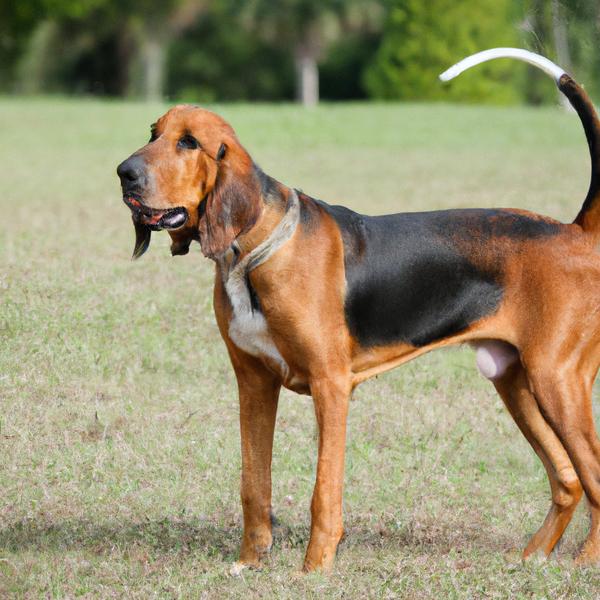
American English Coonhound
Deutsch Drahthaar vs American English Coonhound
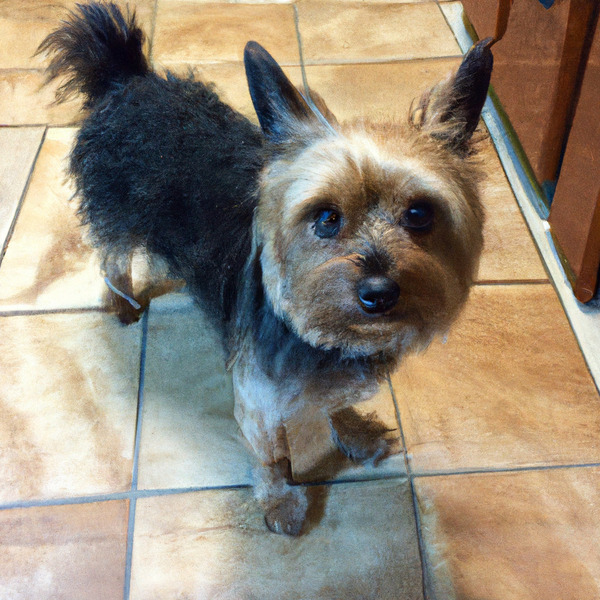
Chorkie
Deutsch Drahthaar vs Chorkie
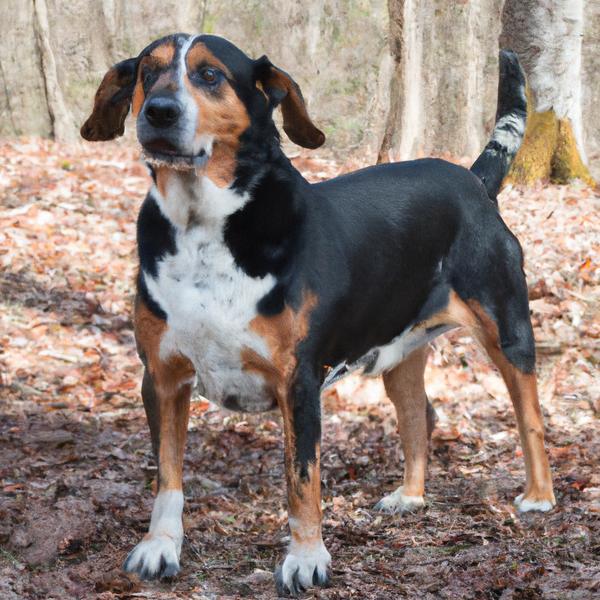
Basset Heeler
Deutsch Drahthaar vs Basset Heeler
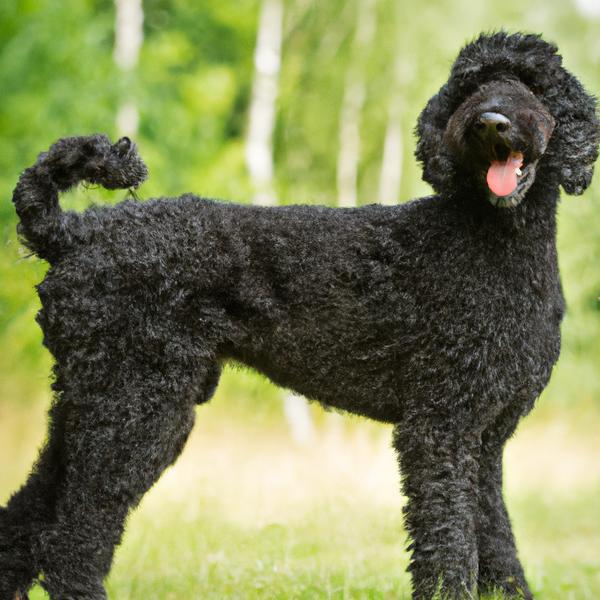
Curly Coated Retriever
Deutsch Drahthaar vs Curly Coated Retriever
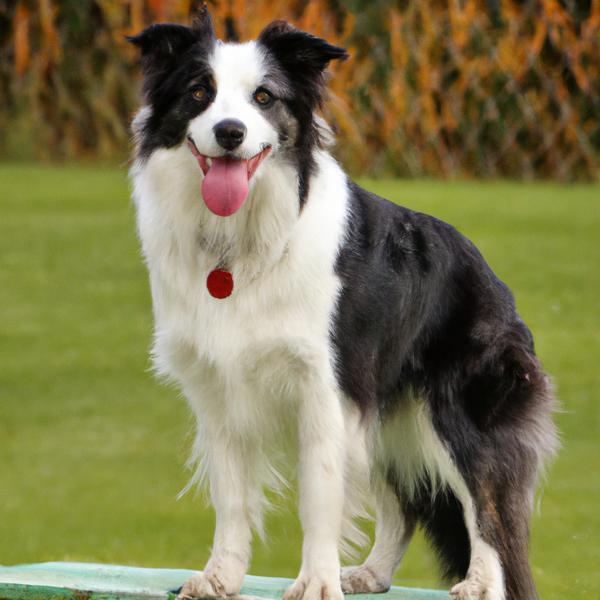
Border Collie Britt
Deutsch Drahthaar vs Border Collie Britt
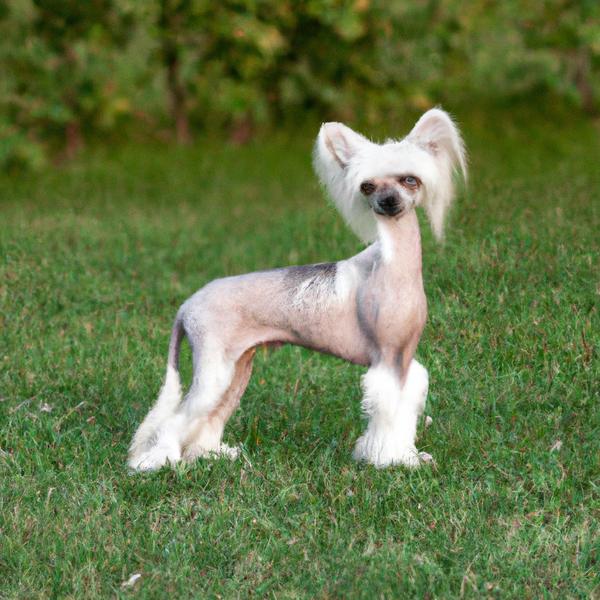
Chinese Crestese
Deutsch Drahthaar vs Chinese Crestese

Pom-A-Pug
Deutsch Drahthaar vs Pom-A-Pug
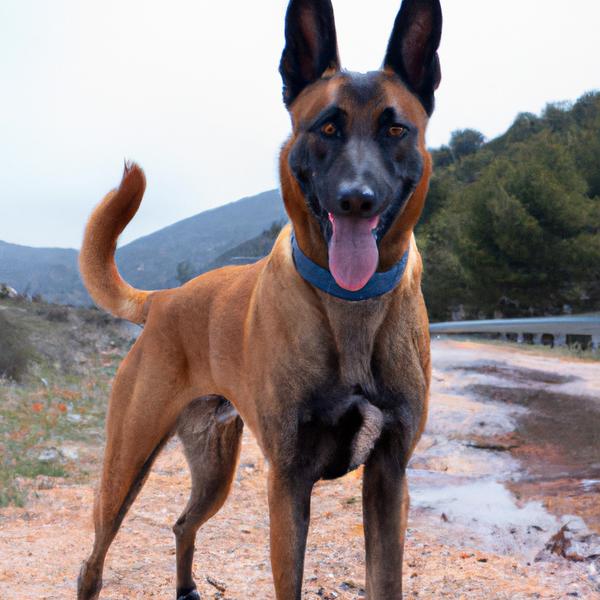
Malinois X
Deutsch Drahthaar vs Malinois X

German Sheprador
Deutsch Drahthaar vs German Sheprador
